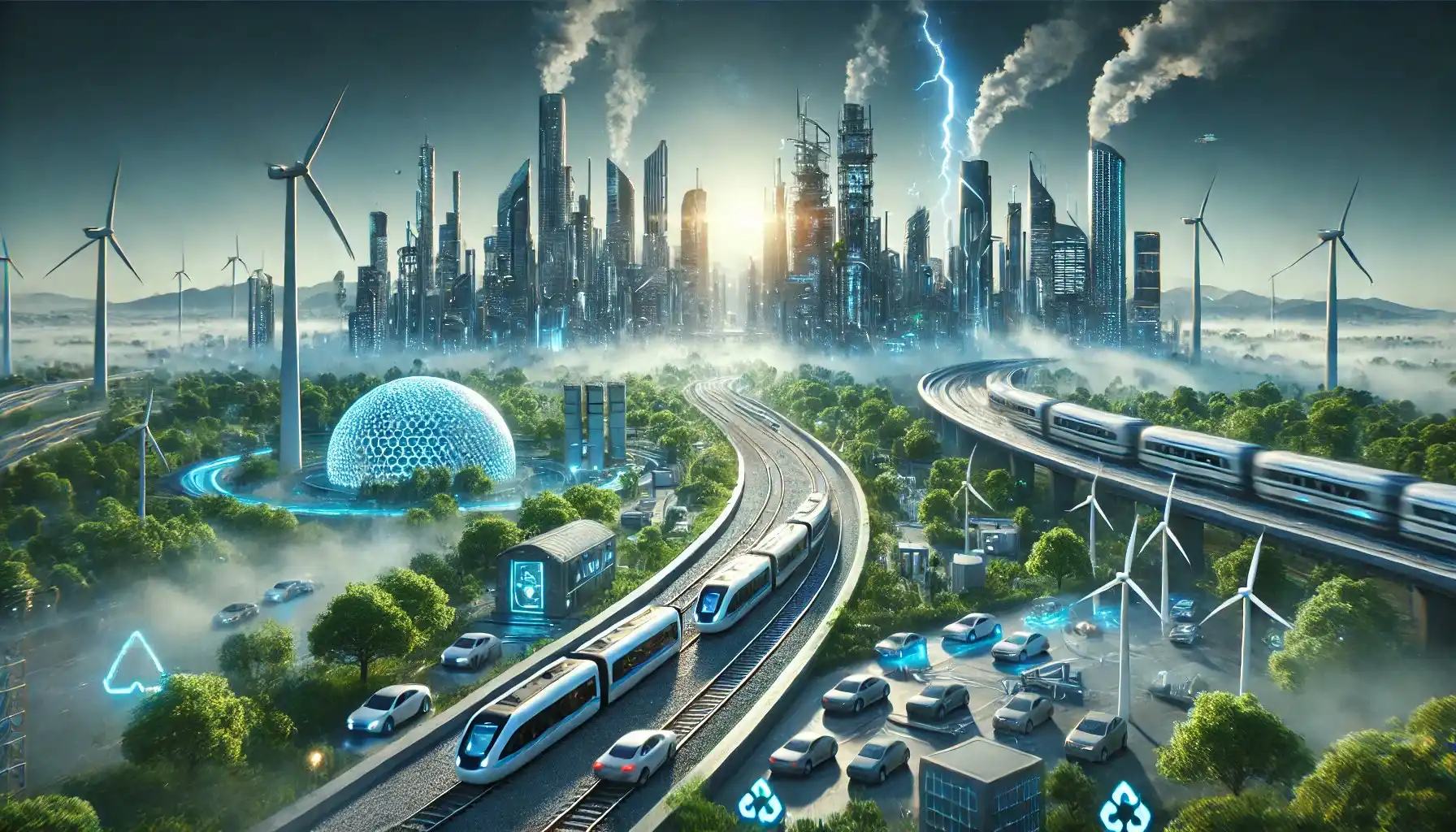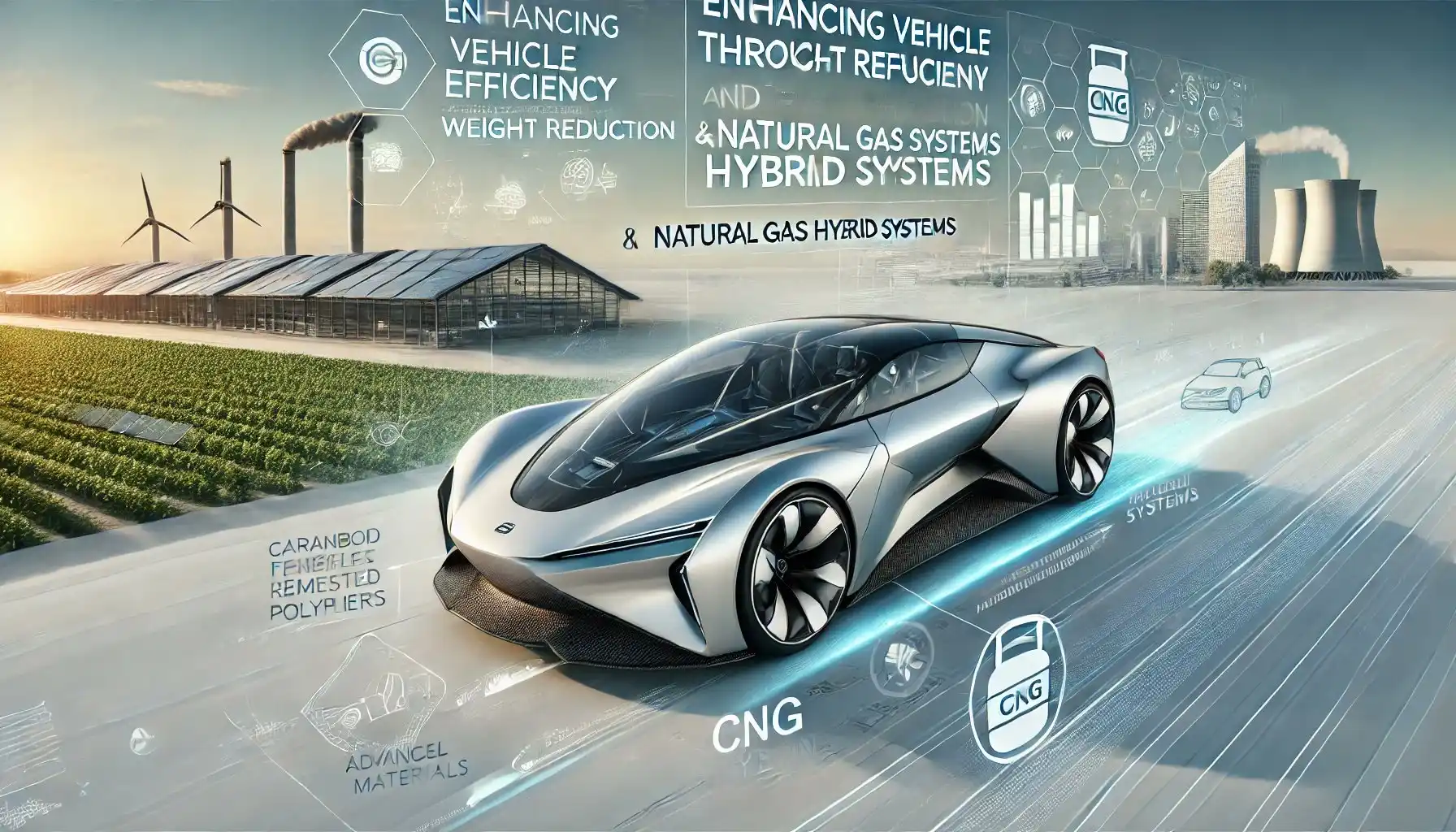Introduction
Electronics-only transportation systems, such as fully electric vehicles (EVs), present significant risks to reliability and public safety in the event of catastrophic disruptions. Scenarios like a grid-down event caused by natural disasters, cyberattacks, or an EMP strike could disable the power grid and render EVs and charging infrastructure inoperable. This dependency on centralized and fragile infrastructure exposes society to heightened risks during times of crisis.
Historical analyses and expert testimony, such as that from the U.S. Congressional EMP Commission, have warned that a nationwide, prolonged grid failure could result in up to 90% mortality in the population within a year.
This estimate, while extreme, is based on the cascading failures of critical systems like water supply, food distribution, healthcare, and public safety — all of which are heavily reliant on electricity and transportation.
In such a scenario, the lack of resilient transportation options would exacerbate the crisis:
Food and water shortages would become critical as supply chains collapse.
Medical emergencies would escalate due to the inability to transport people or supplies effectively.
Social unrest and security risks would grow as public services fail.
A diversified transportation system, including hybrid and hydrogen-fueled vehicles alongside EVs, is essential for resilience.
Hybrids and combustion-engine vehicles are less reliant on the power grid and can operate independently in emergencies with their combustion component micro engine.
They are also easier and more cost-effective to harden against EMP effects, with kits as low as $500 to $1000 for extreme protection and ongoing protection, ensuring that critical functions like food delivery, evacuation, and emergency response remain operational.
This warning underscores the need for policymakers, engineers, and society at large to balance the environmental benefits of EVs with the critical need for resilience in the face of potential disasters.
Transitioning to an all-EV fleet without considering these risks could leave society unprepared for catastrophic events, resulting in devastating consequences.
While these systems offer environmental benefits, their heavy reliance on the power grid and advanced electronic components introduces vulnerabilities to disruptions such as electromagnetic pulse (EMP) events, cyberattacks, or extended power outages.
There are over 11000 nuclear bombs in existence that can cause these kind of EMP waves.
For instance, EMPs can damage unprotected electronic systems, rendering EVs and their supporting infrastructure inoperable.
Additionally, widespread cyber-attacks from AI systems targeting charging stations or grid networks could disrupt access to energy, potentially paralyzing entire fleets.
A balanced and diversified approach to transportation systems is necessary to mitigate these risks and ensure resilience, particularly during critical scenarios such as natural disasters, geopolitical conflicts, or technological disruptions.
For example, incorporating lightweight material vehicles with hybrid electric natural gas or diesel-electric vehicles into the transportation fleet alongside EVs can enhance flexibility and provide essential backup during emergencies.
Hybrid vehicles combine combustion engines with electric motors, offering a dual power source that ensures operational capacity even in scenarios where electrical systems are disrupted. This redundant, two engine setup, creates a fault tolerance, or emergency backup combustion engine, as the EV component is likely to be used most of the time anyway during city driving.
In effect, it means driving a hybrid car in EV configuration or in name only, which is in fact in realistic terms driving a hybrid car with only it’s EV component systems, which is no different than driving an EV car in practice.
Unlike EVs, which rely heavily on sensitive semiconductors and battery management systems, combustion engines are generally more straightforward and cost-effective to harden against EMP strikes.
This makes hybrids a practical and resilient option for critical applications, as the secondary engine mechanical system can be protected against EMP damage easily.
Furthermore, hydrogen fuel cell vehicles represent a promising complement to this approach. These vehicles generate electricity chemically through fuel cells, bypassing the need for external charging infrastructure and reducing dependency on centralized power grids.
This unique advantage provides additional resilience, as hydrogen fuel cells are less vulnerable to grid-related disruptions.
However, it is important to acknowledge that hydrogen production, storage, and distribution require significant infrastructure development.
Hydrogen must be stored at high pressures or low temperatures, and safety measures must address risks such as leaks and explosions.
Securing these systems against both physical and cyber vulnerabilities is essential to avoid introducing new challenges.
Transitioning away from internal combustion engines necessitates thoughtful planning to account for these factors.
The strategic diversification of transportation fleets — incorporating hybrids, hydrogen fuel cell vehicles, and EVs — spreads risks and enhances systemic resilience.
This mix of technologies ensures that no single failure point, such as a grid outage or a fuel shortage, cripples the entire system.
Diversification aligns with core principles of systems engineering, providing redundancy and adaptability to meet a variety of operational demands.
Moreover, the cost and feasibility of EMP hardening vary across vehicle types.
While hybrids and combustion engines are relatively straightforward to shield against EMPs due to their simpler mechanical systems, EVs require comprehensive protection for their electronics, which can significantly increase costs.
Hydrogen fuel cells, while less electronically complex than EVs, still require safeguarding measures for their electronic control systems and fuelling infrastructure.
This pragmatic strategy balances environmental goals with the engineering realities of maintaining resilient, reliable transportation infrastructure.
While EVs are critical for reducing greenhouse gas emissions and advancing climate goals, they should not be viewed as a standalone solution.
A well-rounded approach that integrates hybrid and hydrogen technologies ensures that transportation systems remain robust and operational under a wide range of conditions.
By addressing vulnerabilities such as EMPs, cyberattacks, and infrastructure dependencies, this diversified strategy provides a road-map for creating a sustainable and resilient transportation system.
It emphasizes the importance of harmonizing environmental objectives with practical engineering solutions to build a transportation network capable of meeting both present and future challenges.

Related Content:
Title: “Beyond EVs: Top 10 Revolutionary Vehicle Technologies for a Sustainable and Innovative Future” https://x.com/SkillsGapTrain/status/1842412739064410158
Title: “Towards a Sustainable Future: Integrating Hydrogen, CNG, and Electric Vehicles in Modern Transportation” https://x.com/SkillsGapTrain/status/1818158056431141236
Title: “Design Proposal for an Armoured and Adventure-Ready Tesla Roadster” https://x.com/SkillsGapTrain/status/1844435443372232976
Title: “The M.A.N.T.I.S. Car was a highly advanced vehicle designed to match the technological prowess of Dr. Miles Hawkins’ exoskeleton suit in the series M.A.N.T.I.S..” https://x.com/SkillsGapTrain/status/1843739084994289951
Title: “KITT, or the Knight Industries Two Thousand, was the star car in the series Knight Rider (1982-1986).” https://x.com/SkillsGapTrain/status/1843735060656144596
To see our Donate Page, click https://skillsgaptrainer.com/donate
To see our YouTube Channel, click https://www.youtube.com/@skillsgaptrainer
